Numbers from One to Nine Class 1 Notes Maths Chapter 2
| Table of contents |

|
| What is As Many As? |

|
| Can You Count? |

|
| What is More or Less? |

|
| Can you Count and Match? |

|
| One to Nine |

|
| Making Groups |

|
| What are Missing Numbers? |

|
| Odd and even numbers |

|
What is As Many As?
As many as is all about counting and finding out that the objects present on both sides are equal to each other.
 There are 3 Icecreams on both sides
There are 3 Icecreams on both sidesLet us understand this concept.
Example 1:
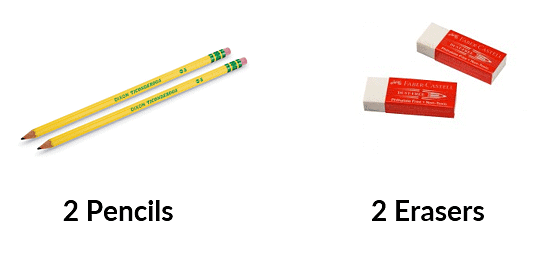 Example 2:
Example 2:
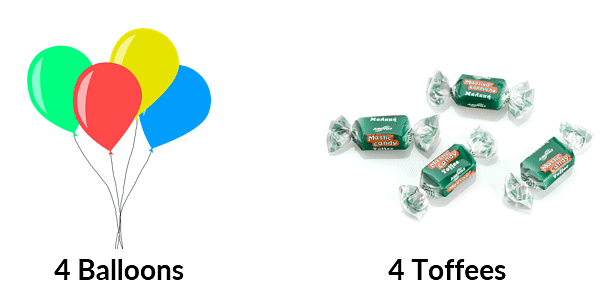 Example 3: Megha has 4 dolls. She needs as many dresses as she has dolls.
Example 3: Megha has 4 dolls. She needs as many dresses as she has dolls.
So how many dresses she needs for them?
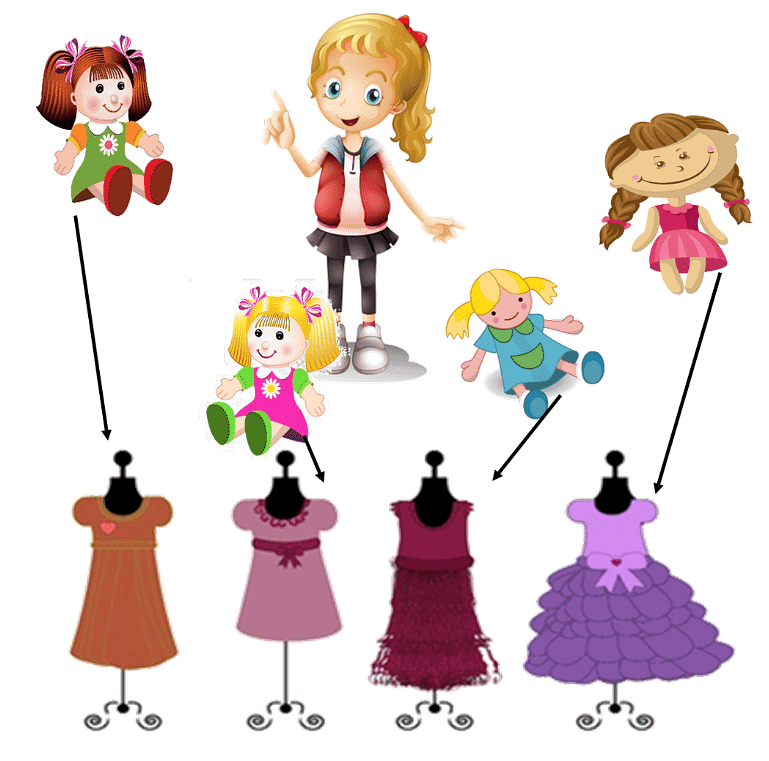
Megha needs 4 dresses for 4 dolls.
Now watch a fun video on What is As Many As:
Can You Count?
Let us count the number of toffees given below and learn how to write the numbers.

What is More or Less?
More means greater and less means smaller.
Example 1: Look at the picture given below. Can you tell which is more and which is less?

There are 5 butterflies and 2 plants
So, there are more butterflies and less plants
Example 2: Look at the picture given below. Can you tell which basket has more fruits?
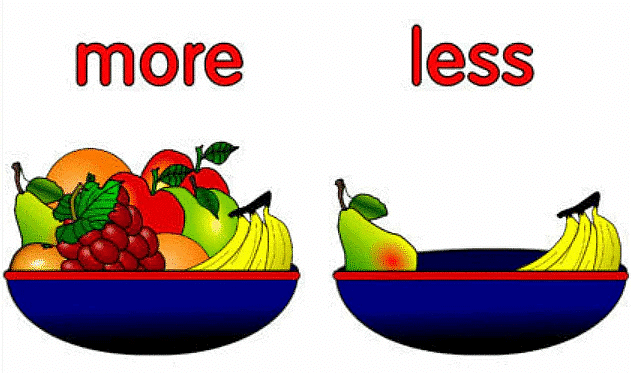
The basket on the left has 9 fruits
The basket on the right has 2 fruits
So, there are more fruits in the basket on the right
- In the numbers 3 and 2, we know that 3 is greater than 2. This means,
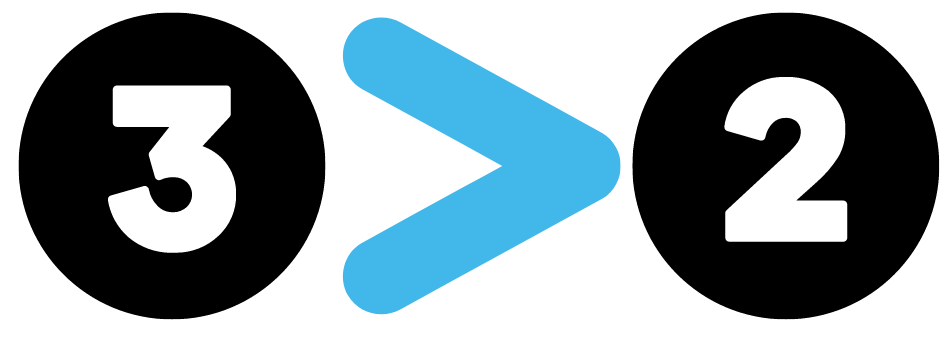
- We can also say 2 is less than 3. This means,
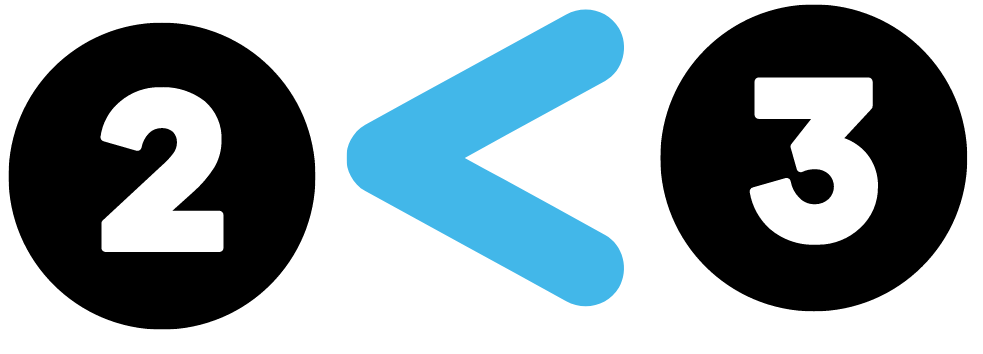
Let's watch a video to learn the concept of More and Less:
Can you Count and Match?
Count the number of fruits in each row. Draw a line to match it with the correct number.
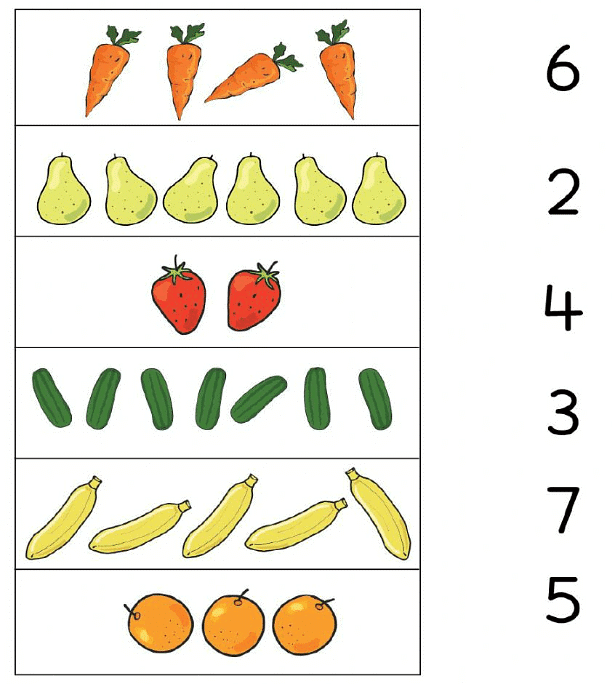
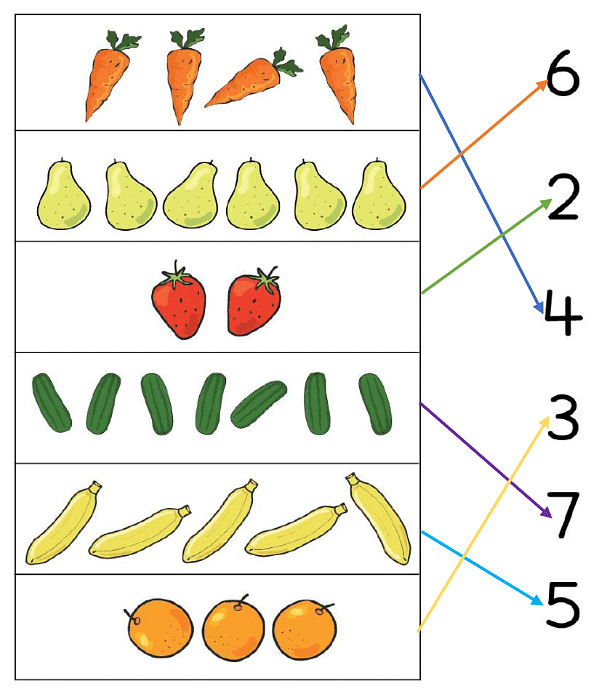
Get ready to watch a video to learn Count and Match:
One to Nine
One
1 is a special number that comes first when we start counting. We can think of it as the very beginning!

Two
The number 2 is also a special number that we use to count and describe things. It tells us how many things we have or how many there are of something.

Q: How many apples you see below?

Ans: I can see 2 apples here.
Three
The number 3 is a special number that we can use to count and represent things. It's a number that comes after 2 and before 4.
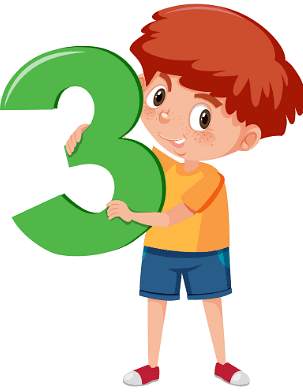
Four
The number 4 is a special number that we can use to count things. It is a small number, and you can think of it as the number of fingers on one hand if you don't count your thumb.

Five
The number 5 is a counting number that comes after 4 and before 6. It's a number we use to count and represent things.
Can you count the number of stars below?

Six
The number 6 is a counting number that comes after 5 and before 7.
Can you count the number of beetles below?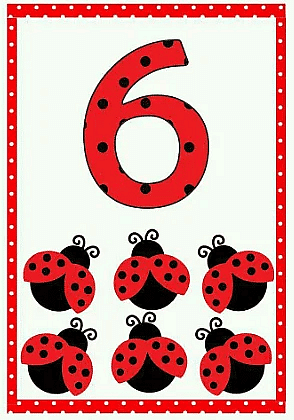
Seven
The number 7 is a counting number that comes after 6 and before 8.
Can you count the number of brinjal below?
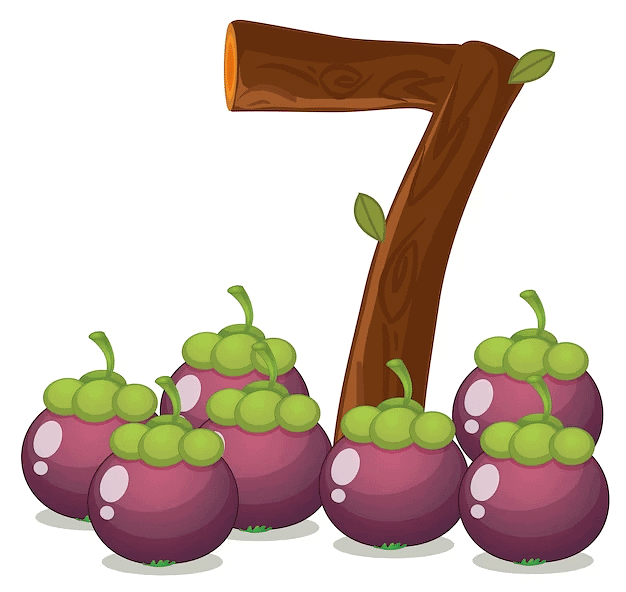
Eight
The number 8 is a counting number that comes after 7 and before 9.
Can you count the number of bees below?
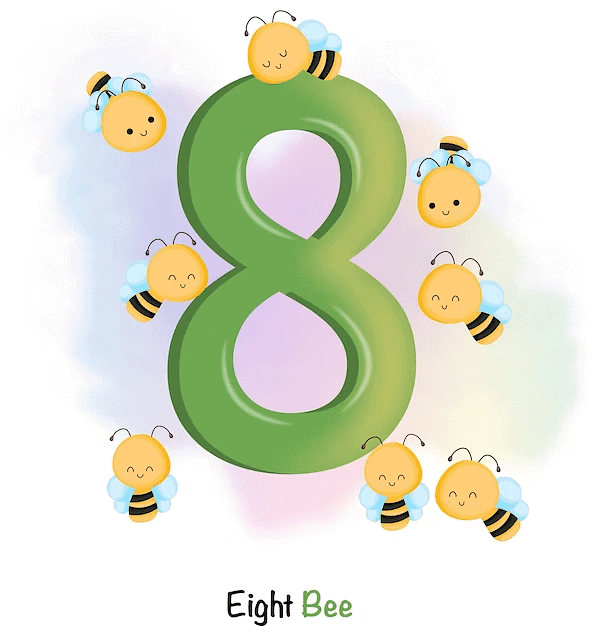
Nine
The number 9 is a counting number that comes after 8.
Can you count the number of children below?
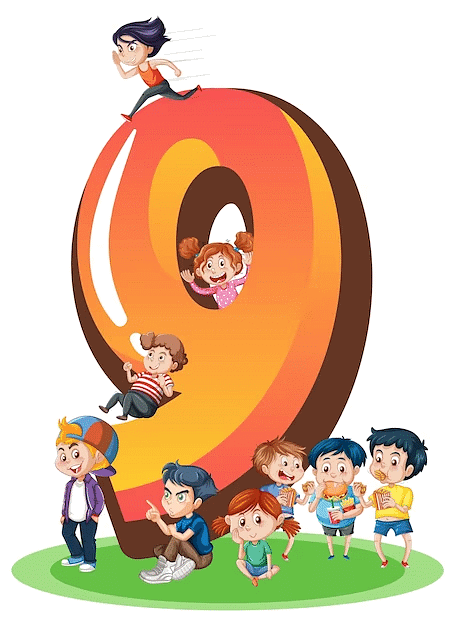
Making Groups
Grouping means bringing things together. Let us learn to make groups of required numbers.
Example 1: Make a group of 4.

Example 2: Make a group of 7.

What are Missing Numbers?
A series or sequence where a number is missed is known as a missing number sequence.
Look at the example given below. Numbers given are 1, ___, ___, 4, ___, ___, 7, ___, ___.
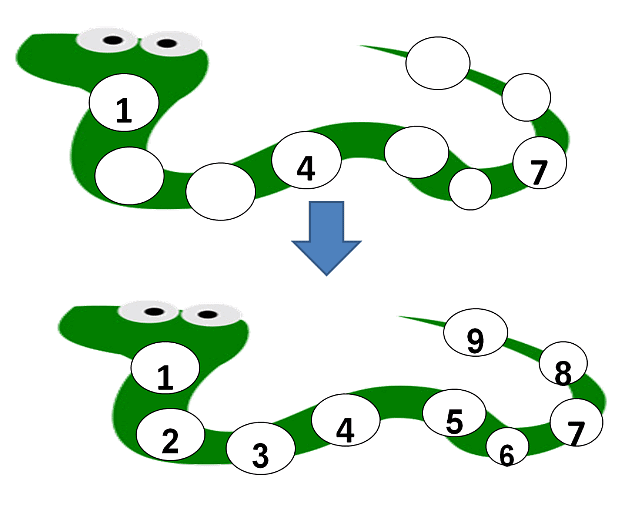
We just learned the counting above, so we know that the correct series will be 1, 2, 3, 4, 5, 6, 7, 8, 9.
2,___, 4,___, 6
What is Zero?
Let's understand the concept of zero with the help of an example.
How many chocolates do you see in the given picture?
 If you give these 2 chocolates to your best friend, then how many chocolates will be left?
If you give these 2 chocolates to your best friend, then how many chocolates will be left?
There will be 0 chocolates left.
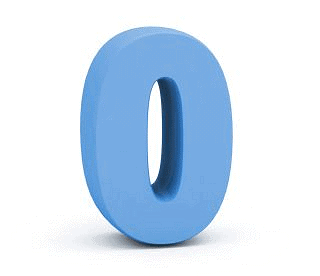 Zero
Zero
Odd and even numbers
There are different kinds of numbers.- Some numbers are called even numbers.
An even number of objects can be put into pairs with none left over. - Some numbers are called odd numbers.
An odd number of objects always has 1 left over when the objects are put into pairs.
Keywords: even, odd, pair, pattern
Example: Draw a ring around the correct word for 3.
Use some cubes to help you.

Ans: 1 pair and 1 left over. 3 is an odd number.
 odd number
odd number
|
7 videos|43 docs|10 tests
|
FAQs on Numbers from One to Nine Class 1 Notes Maths Chapter 2
| 1. What does "As Many As" mean in counting? |  |
| 2. How can I effectively count from one to nine? |  |
| 3. What is the difference between more and less in numerical terms? |  |
| 4. How can I find missing numbers in a sequence? |  |
| 5. What are odd and even numbers? |  |
















